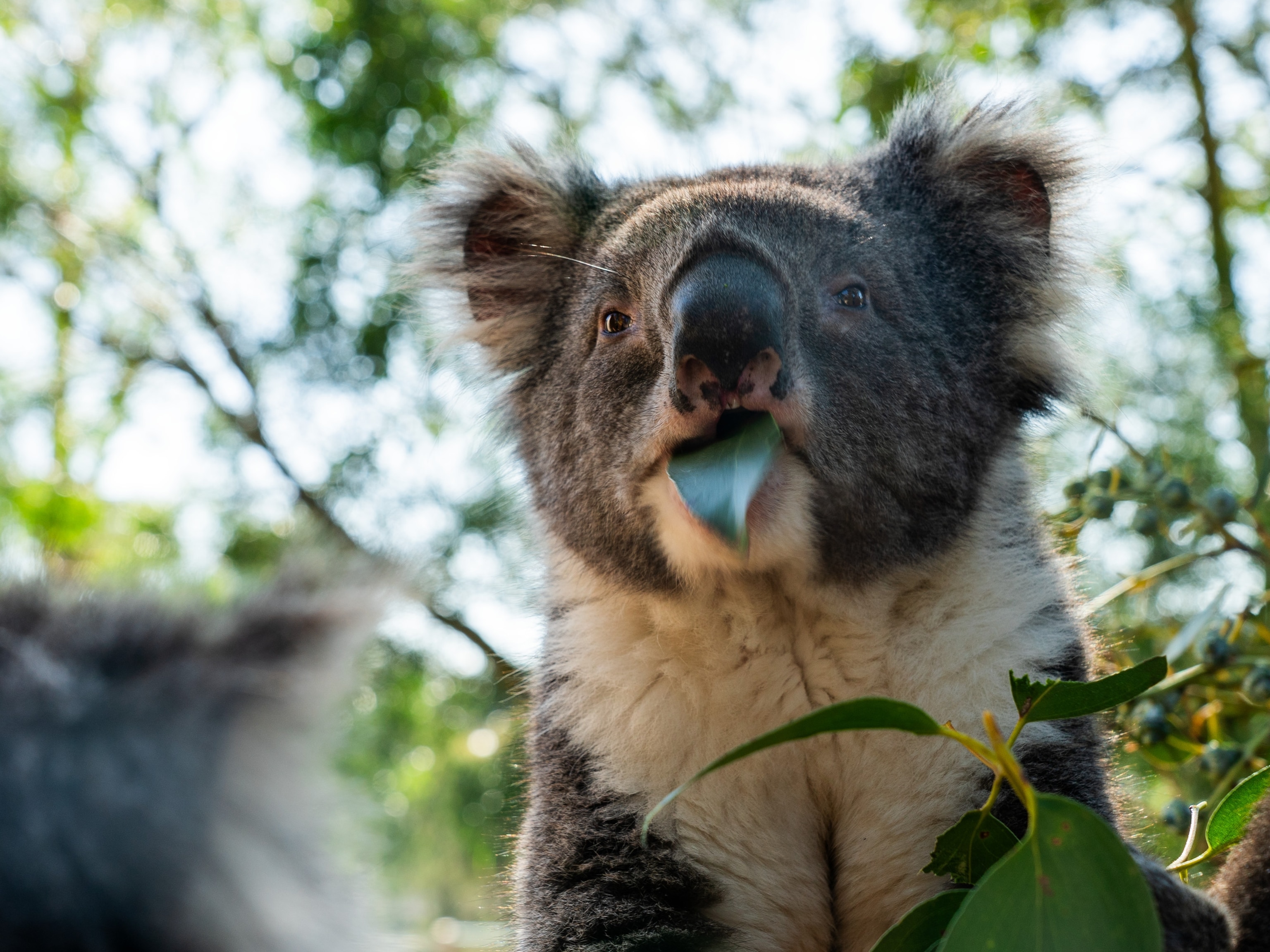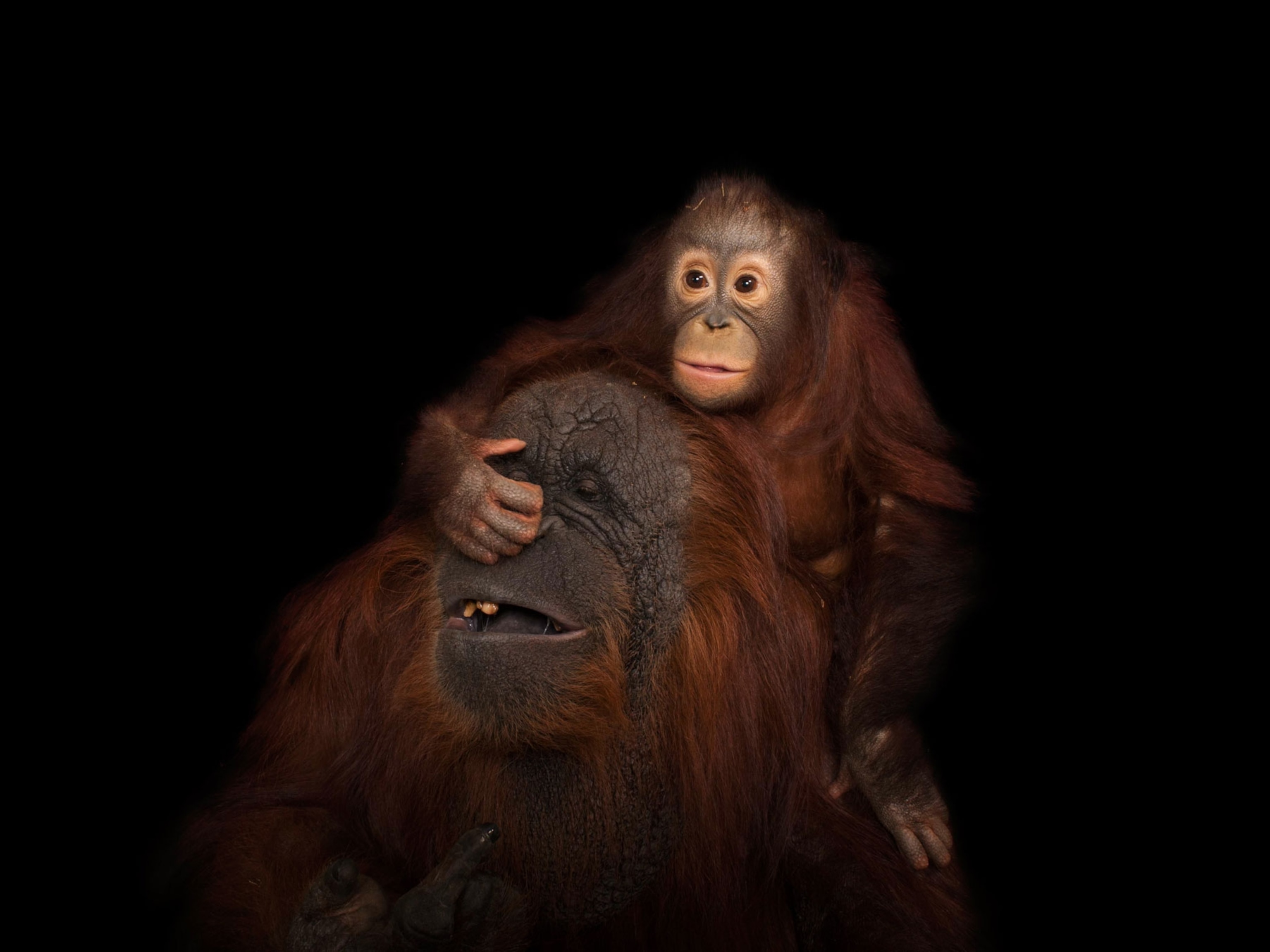Rare White Moose Twins Caught on Camera
Filmed in Norway, the animals are thought to be a month old.
Out of more than a million moose across the Northern Hemisphere, two twin moose calves don’t quite look like the rest.
While taking a brief gander out of the woods, the two young, all-white moose were captured on video with their mother during a rare sighting in Norway.
Large moose populations are found throughout northern Europe, and thousands currently live in Norway. (Watch a Rare Video of a Moose Shedding an Antler)
The calves, which Maine’s state deer and moose biologist, Lee Kantar, said appear to be less than a month old due to their size and mobility, were likely born in mid-May—most calves are born around May 15 each year. Twin moose, although born at a smaller size, are also common.
Although it’s hard to tell for sure, Kantar said he thinks the moose calves might be albino: “If it’s true that they are, it’s extremely rare.”
They could also be piebald moose, he said, which are white with a few small brown specks. Still rare, they differ from albino animals that are pure white with pink or red eyes.
Kantar said he’s seen thousands of moose while working with wildlife in the Northeast United States, but he’s never come across any that are white.
“Moose researchers pass around photos, and every year or two, we’ll get a photo of a white or piebald moose come across our desk, but it’s not very often,” he said.
Both albino and piebald moose are protected animals in parts of Canada where sightings are rare but have occurred, and legislation prohibits hunters from taking a moose that is predominantly white in color.
Other white moose have also been spotted in Alaska, where nearly one sixth of North America’s moose population resides. (Read “What’s a Ghost Moose? How Ticks Are Killing an Iconic Animal”)
Although they lack the typical brown coat, it’s unknown whether white and albino moose are at a disadvantage in the wild. The dark-colored coat makes them more difficult to see in a forest environment, Kantar said, but because there have also been sightings of adult moose with white coats, it may mean that cow moose—the mothers—have more responsibility when caring for young, white-coated offspring.
Most cow moose are highly protective of their newborn calves, and the probability of survival in the first month of life is dependent on how well the mother defends the calf from “anything that’s out there,” Kantar said.
Usually that means keeping young moose away from predators like wolves and bears.
“Does the color really matter?” Kantar said. “It might, but it all depends on where it’s at in the moose world.”
Follow Casey Smith on Twitter.





